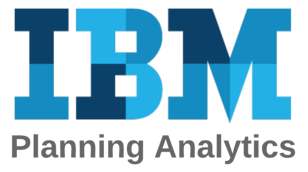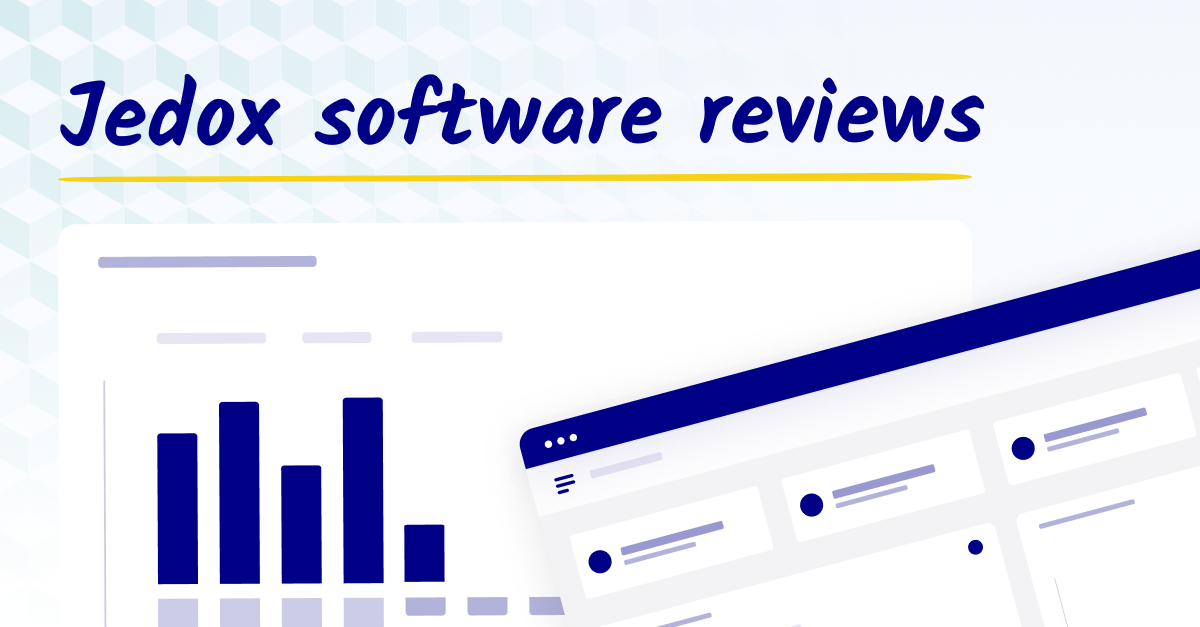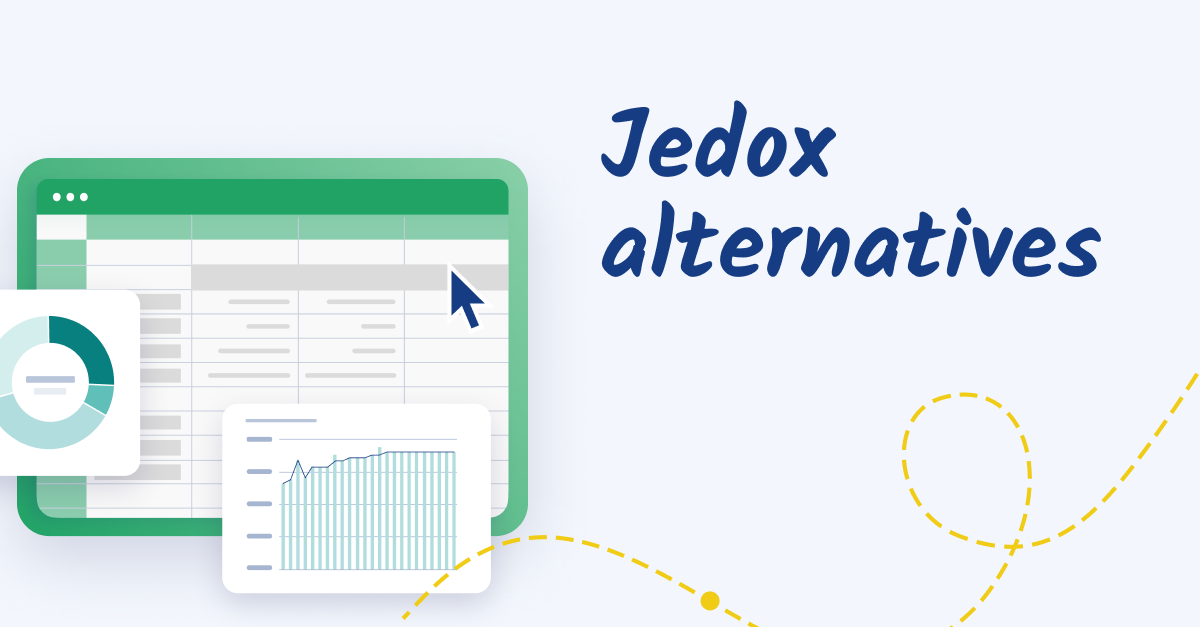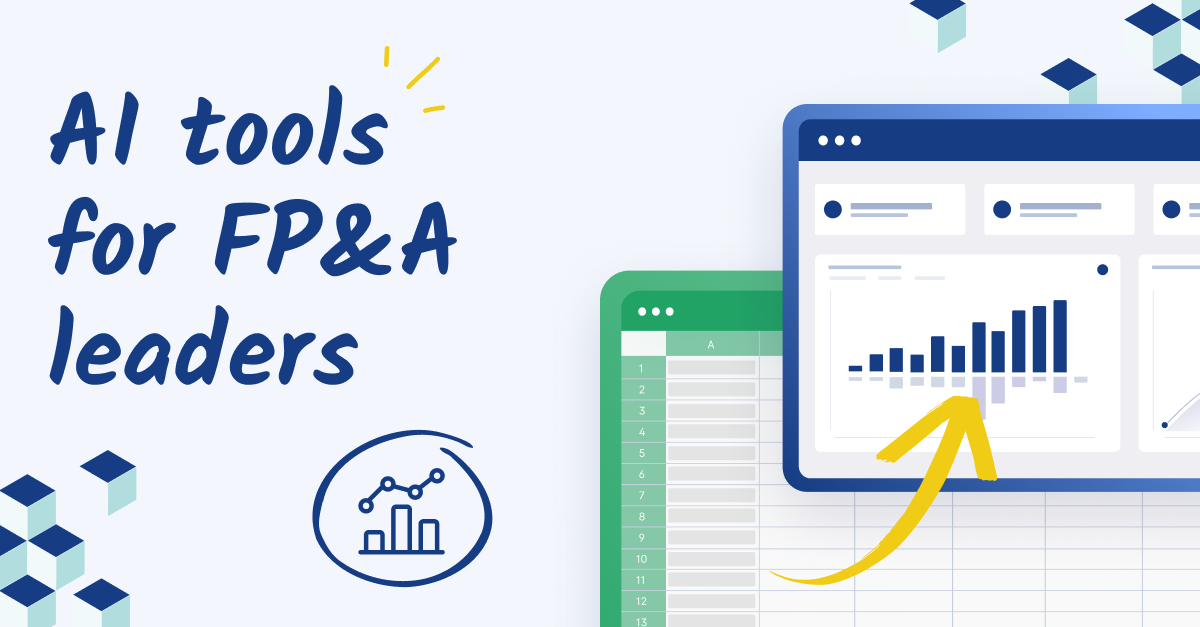Key takeaways
- Anaplan AI uses artificial intelligence and machine learning to provide practical insight into a company’s data.
- Anaplan has three AI solutions: PlanIQ, Optimizer, and predictive insights.
- Some top Anaplan AI alternatives include Cube, IBM Planning & Analytics, and Jedox.
What is Anaplan?
Anaplan is a business planning, forecasting, and performance management software platform that enables businesses to connect their financial, strategic, and operational planning in real-time. Anaplan provides finance teams with support on revenue planning, headcount planning, long-range planning, capital planning, and more.
What is Anaplan AI?
Anaplan AI uses artificial intelligence and machine learning to provide practical insight into a company’s data. The company has three AI solutions:
- PlanIQ: PlanIQ combines Anaplan’s Connected Planning platform with machine learning (ML) capabilities and deep learning algorithms to generate accurate future forecasts. It leverages Amazon’s forecast engine and Anaplan's native algorithms, such as multivariate linear regression (MVLR) and Anaplan Prophet, to help customers make more informed predictions.
- Predictive insights: Finance teams can use predictive insights to create sales plans based on customer insights and buyer-intent data. Finance teams can use it to understand their most profitable segments and target accounts.
- Optimizer: Optimizer provides predictive analytics capabilities and linear optimization algorithms.

Anaplan AI review
Anaplan claims its AI capabilities would “enhance efficiency, reduce cost, and improve outcomes.” Do they live up to this potential?

Image source
Anaplan AI features
Let's take a look at some of Anaplan's AI features:
- Optimization and ML capabilities: Assess variables and constraints using optimization algorithms and machine learning.
- Enterprise-wide intelligence: Embedded algorithms enable statistical forecasting: Curve fit, smoothing, seasonal smoothing, basic, and intermittent. Users can leverage data insights and identify signals to drive better outcomes.
- Intelligent forecasting: Enables forecasting using statistical models and machine learning to predict future trends in finance and sales.
- Self-serve platform: Gathers insights from businesses using proprietary AI technology.
Anaplan AI pros
According to the users on G2, Anaplan AI offers:
- Intuitive user interface: Allows users to access optimization features without coding knowledge. Users can navigate dashboards, run models, and generate insights through the platform's interface.
- Real-time insights: Offers continuous data collection and analysis to users.
- Easy integration: Integrates with other business systems and data sources.
- Handles large datasets: Processes and analyzes large datasets without performance issues.
Anaplan AI cons
While Anaplan AI has several benefits, users have some concerns:
- “Need new features to stay up to date with the market…Quick to implement, but as modular design, a lot of things can go wrong if not implemented correctly.”— Verified user
- “While Anaplan does offer ML/AI functionality, it does not offer insights to the indicators for this functionality.”— Verified user
- “Sometimes they focus on marketing the ‘future state’ a little bit too much (i.e., AI) while they still have some enhancements to the existing core functionality that would also benefit their customers. I would prefer their teams focus on some of those items before moving on to the ‘future.’”— Verified user
- “The greatest disadvantage of the platform is the price. It is quite high, your company needs to have a really good profit to afford it.”—Verified user
Anaplan AI user reviews
There are various user reviews on Anaplan AI. While some have great things to say about the platform, others have also mentioned the difficulties they face.
According to this user on Gartner, "The mode of analysis is mostly in real-time, and this is based on the current findings, which is most accurate in planning. Cost depends on the features needed in the organization so that it is suitable for all. I'm very impressed with Machine learning, and AI features that allow users easy learning with minimal support requirements.”
According to another user on Gartner, “The Anaplan platform itself continues to be exceptional, but support has become far worse after the Private Equity acquisition.”
On G2, another user discussed challenges with implementation: “Initial setup requires a lot of learning and time. Their training session is several days and still requires additional follow-up work and communication with their implementation team.”
Another user explained: “Anaplan turned off the product without informing us. Admitted to having the product not functioning for multiple weeks, but instead of refunding, waited for the contract to run out.”
Anaplan pricing
Anaplan prices are not made public, but it’s definitely at a higher price point in comparison to its competitors. According to Peerspot: “The entry-level is anywhere from $30,000 to $50,000 a year. After that, it goes up a lot, depending on how complicated it is and how much space you use." This implies that most customers should have a budget of over $50,000 for a basic subscription. Customers were also reportedly required to pay $50,000 for license fees to get started.
In addition, there are other expenses like the cost of employing implementation and training consultants. According to Vendr, “the average cost for Anaplan is about $200,000 annually.”
Top Anaplan AI alternatives
Not sure if Anaplan is too expensive, lacks the AI capabilities you're looking for, or simply doesn’t fit your business needs? Let’s look at the best Anaplan AI alternatives available in the finance industry today.
1. Cube

Cube is a cloud-based FP&A platform that helps companies hit their numbers without having to sacrifice their spreadsheets. Cube’s AI-powered platform works right in Excel and Google Sheets to eliminate the inefficiencies and complexities often associated with traditional FP&A tools.
The platform allows users to connect their existing enterprise resource planning platforms (ERP), human resource information systems (HRIS), and customer relationship management systems (CRM) directly to Excel and Google Sheets, providing a single source of truth for all financial data.

Key features:
- Smart forecasting: Jumpstart planning tasks by creating an AI-proposed forecast that you can use as a starting point or benchmark for your existing plans.
- Proactive variance analysis: Automatically highlight financial variances and give your team the info they need faster. AI offers you the first analysis of your variances so you can decide where to dig in deeper to help get the company back on track.
- Automated data validation: Flag anomalies before you start analysis. Cube's AI helps you maintain clean, reliable data so you can drive decisions with confidence.
- Multi-scenario analysis: Model how changes to key assumptions affect overall outputs seamlessly.
- Endless integrations: Seamlessly integrate tools like spreadsheets (Google and Excel), accounting & finance, HR, ATS, billing & operations, sales & marketing, and business intelligence.
- Native Excel and Google Sheets integration: Leverage compatible and bi-directional native integration with any spreadsheet.
- Multi-currency support: Evaluate your financials in both your local and reporting currencies.
- Drill down and audit trails: Get straight to the transactions and history behind a single data cell in just one click.

2. IBM Planning Analytics

IBM Planning Analytics is a financial planning and analysis platform that integrates with Microsoft Excel to allow users to leverage familiar tools for financial modeling and reporting.
The platform supports real-time data analysis from various sources, offering financial forecasts, profitability plans, and data visualizations. Users can connect income statements, balance sheets, and cash flow for cohesive financial planning.
The platform’s AI-driven forecasting and advanced modeling offers insights for variance analysis and operational planning through a unified dashboard with real-time access to financial data.
3. ClicData

ClicData is a data analytics platform offering AI and machine learning capabilities to enhance data analysis and decision-making.
The platform allows users to integrate data from over 250 sources.ClicData’s AI features include Python scripting for advanced statistical analysis, machine learning models, and custom data transformations. Users can detect patterns, identify outliers, and perform predictive analytics.
4. Jedox

Jedox is an FP&A and performance management software with AI-driven features. Jedox’s AI capabilities help users automate complex financial processes, analyze large datasets, and generate predictive insights. Jedox AI identifies key business drivers through AI-powered forecasting, enabling strategic scenario modeling for revenue, demand, cash flow, and customer churn predictions.
Using natural language processing (NLP), JedoxAI analyzes financial data, generates actionable insights, and automates the creation of summaries and reports.
5. Vena

Vena is a financial planning and analysis platform that integrates with Microsoft 365. It allows businesses to manage budgeting, forecasting, and reporting while leveraging familiar tools like Excel. The platform supports comprehensive financial modeling and data management across various departments.
Vena has two AI capabilities which are Vena Insights which is used for intelligent reporting and analytics, and Vena Copilot. Vena Copilot uses natural language processing to interact with data, answer complex queries, and identify key business drivers.
The AI models support predictive analytics, detect anomalies, and provide accurate forecasting to help businesses make data-driven decisions.
The bottom line on Anaplan AI
For FP&A teams, an AI-driven solution should balance cost, scalability, and ease of use, while maintaining strong integration capabilities.
If you’re seeking an affordable, accessible alternative to Anaplan AI, consider Cube. FP&A teams can use Cube’s AI to handle the number-crunching so they can focus on strategy. Explore Cube today to optimize your FP&A processes.



.png)




![Anaplan AI: Review, Cost & Alternatives [2025]](https://www.cubesoftware.com/hubfs/Blog%20image%20%2878%29.png)






